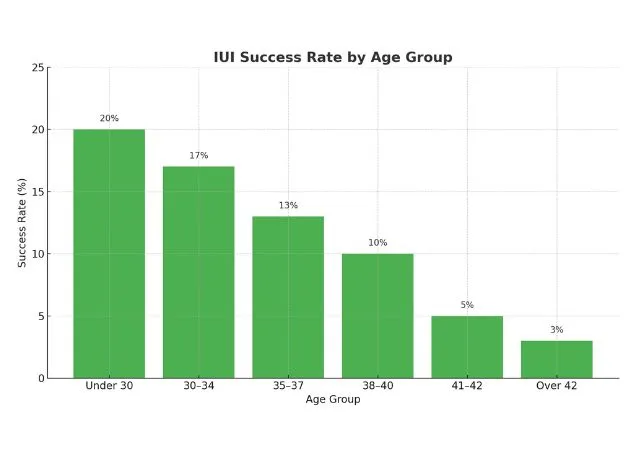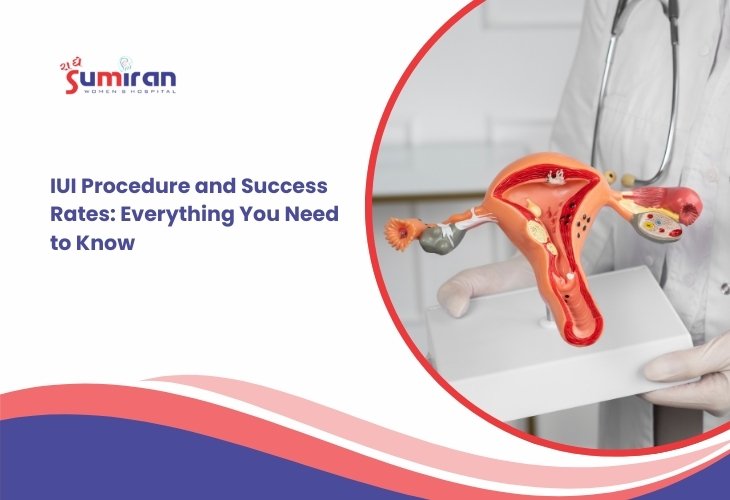Fertility treatments have been a relief to couples who have difficulty becoming parents. Among them is the IUI treatment, which has become a popular option; this involves a simple procedure of inserting specially prepared sperm directly into the uterus of the woman.
Exploring about IUI procedure & success rates helps couples get ready both in mind and body while knowing what results to expect.
While IUI is not as complicated as IVF, it gives many people a simple, working, and affordable way to have babies.
This article explains how the treatment works, what changes the IUI success rate, and important things to learn before starting treatment.
What is the IUI Procedure?
Intrauterine Insemination (IUI) is the procedure where refined and optimized sperm are collected and inserted directly into the uterus during ovulation in the woman. This technique reduces the distance that the sperm has to cover, and thus fertilization is more likelihood. Doctors suggest it for couples dealing with minor male fertility problems, unknown fertility issues, cervix troubles, or when using donated sperm.
Step-by-Step Process of IUI
Here’s what normally happens during one IUI cycle to help you understand the process:
- Ovulation Monitoring – Medical teams monitor the woman’s egg release cycle using scans and blood tests to track hormone levels.
- Sperm Preparation – Concentrating and washing sperm is done to select the healthiest and most motile ones.
- Insemination – Doctors use a thin catheter to insert the ready sperm into the uterus.
- Post-Procedure Rest – The treatment causes no pain and takes little time, requiring only minimal rest.
- Pregnancy Test – Around two weeks later, a test shows if the treatment worked.
Factors Affecting IUI Success Rate
There are various factors that contribute to the IUI success rate:
- Age of the Woman – Younger Women have a great success percentage.
- Sperm Quality – Strong and active sperm increase the chance of fertilization.
- Underlying Fertility Issues – Health problems like PCOS or endometriosis might change how well it works.
- Use of Fertility Medications – Stimulating ovulation can sometimes boost outcomes.
IUI Success Rates: What to Expect

The success rate of the IUI is usually 10-20% per attempt, though it varies according to both age and the health of the fertility and the care of the doctor. Women under 35 years may have an increased success, and women beyond 40 may require additional assistance such as IVF. The figures may be minimal, yet by attempting IUI a few times, improve the chances of conceiving over time.
Benefits of IUI Treatment
- Less invasive and less expensive compared to IVF
- Takes less time with little pain
- Can be combined with fertility medications for better results
- Suitable for a variety of infertility challenges
Conclusion
The IUI procedure gives couples a safe, accessible, and effective fertility treatment for couples looking to conceive. Success rates vary from person to person, but many couples achieve their goal of becoming parents through well-planned treatment cycles.
At Sumiran Women’s Hospital, we offer advanced fertility treatments, combining skilled knowledge, care, and modern technology to make the IUI success rate better for every couple.
Our fertility specialist team makes sure each patient gets personalized support and guidance through their entire IUI treatment experience. If you’re ready to move forward with IUI for conceiving, trust Sumiran Hospital to support you through every step.
